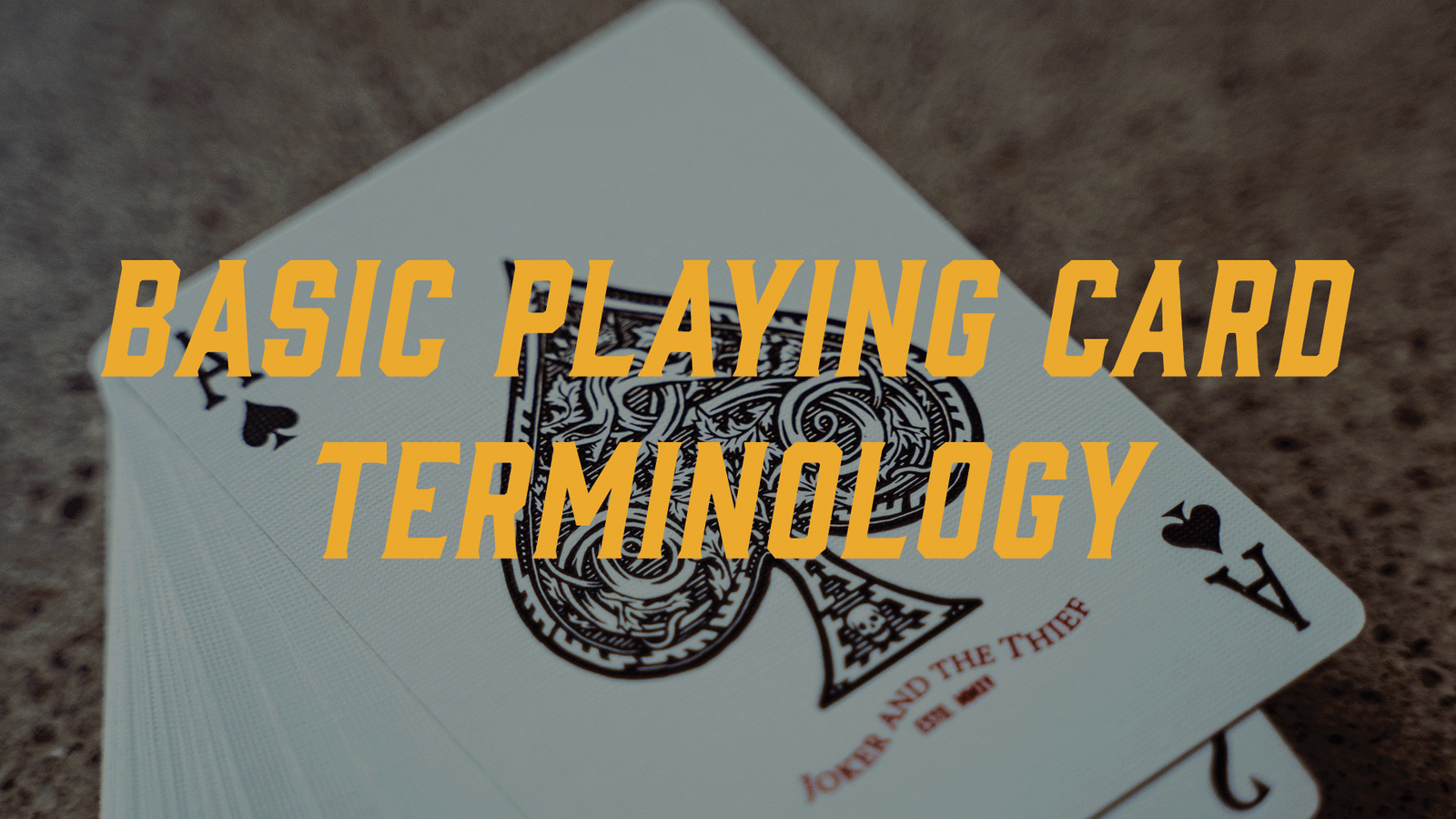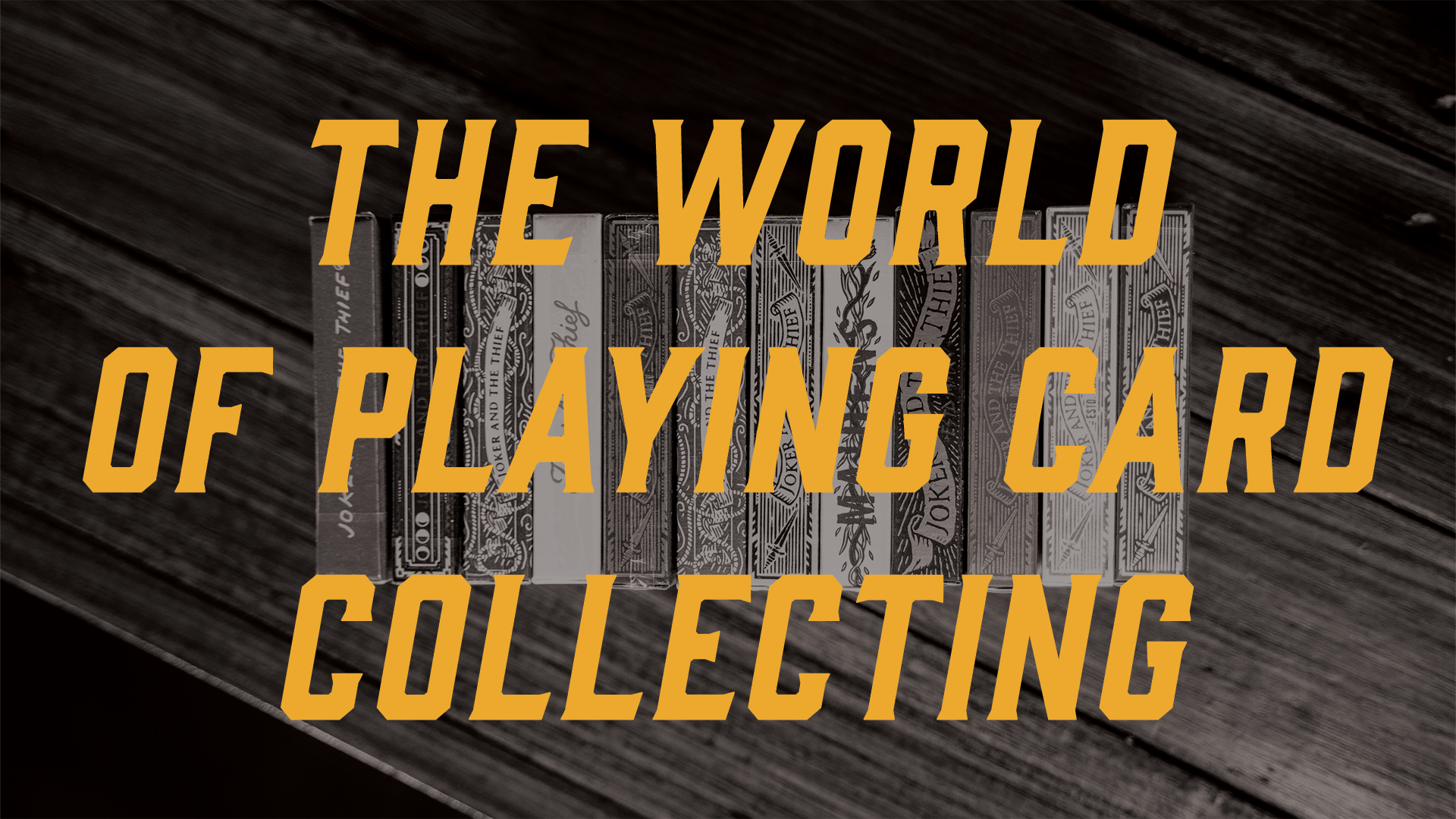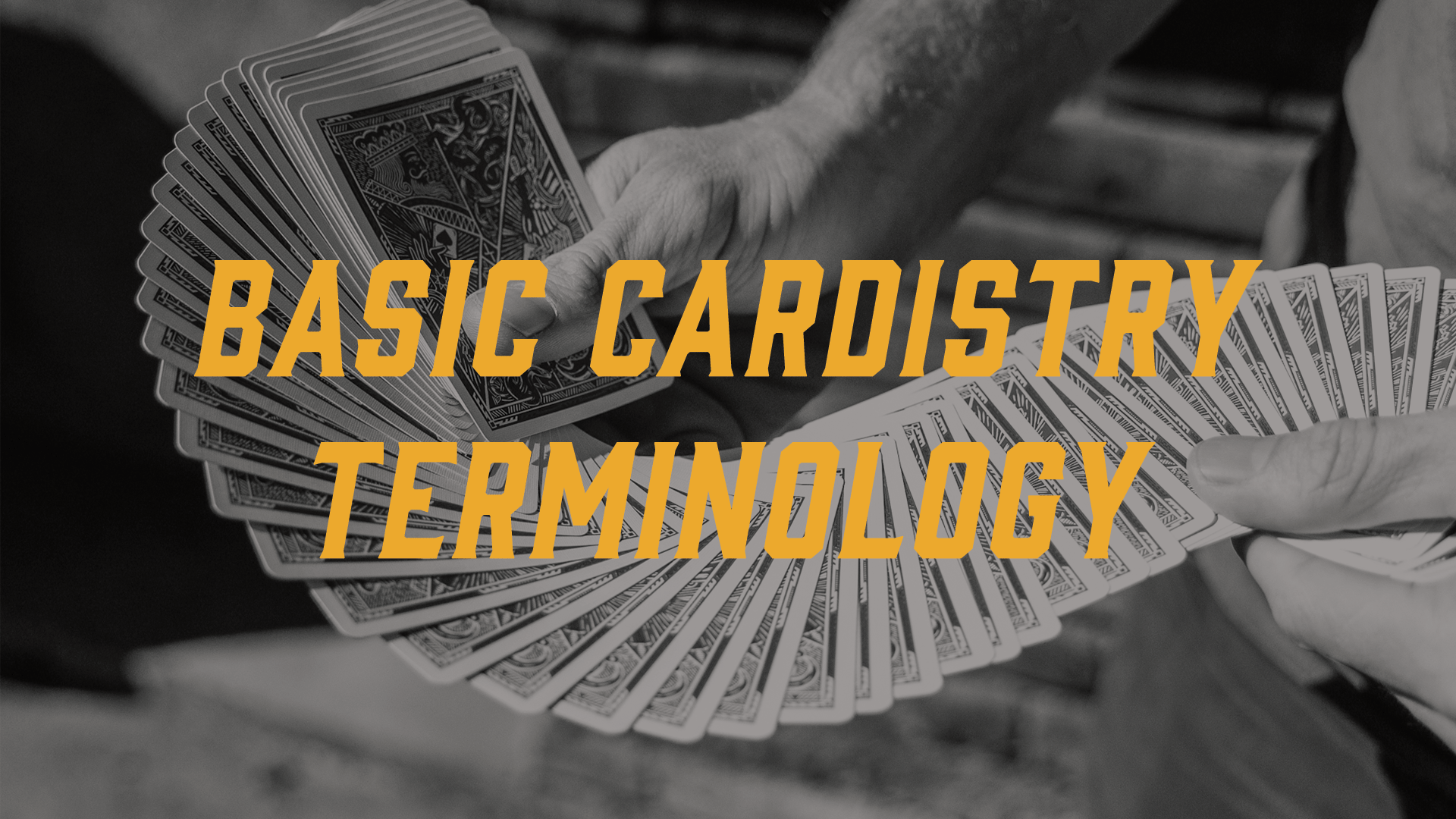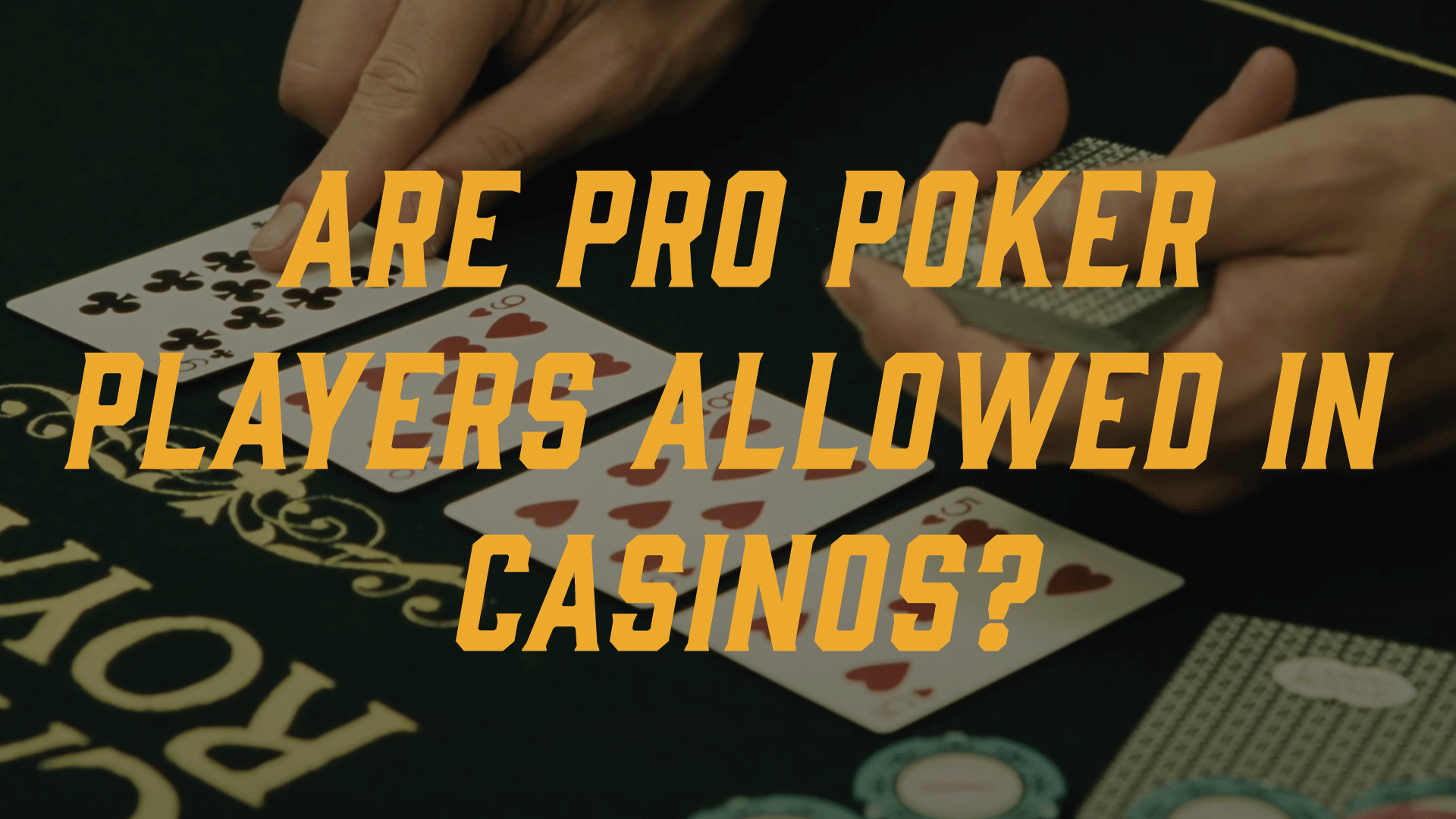Basic Playing Card Terminology: Everything You Need to Know

Playing cards have been a source of entertainment and intrigue for centuries, captivating people with their intricate designs and timeless appeal. From the seemingly simple arrangement of pips to the intriguing symbols of suits and ranks, the world of playing cards is rich with terminology that often remains a mystery to many.
This article holds information on basic playing card terminology, sheds light on concepts such as pips, index, suits, ranks, court cards, and the enigmatic origin of symbols like hearts, diamonds, clubs, and spades.
Let’s begin:
The Most Basic Card Playing Terminologies: A Deeper Understanding
1. Pips: The Intricate Markings of Value:

Playing cards reveal their numerical worth through the subtle and distinct markings known as pips. These small symbols are the key to understanding a card's place within the deck.
2. Index: Navigating Card Values with Ease:
The index is a vital piece of information on a playing card. Found in the corner, it presents the card's number or letter, allowing players to swiftly identify its value during a game.
3. Suit: The Four Distinct Categories:
Playing cards are divided into four distinct categories, known as suits. Hearts, diamonds, clubs, and spades each hold their unique significance and role in various card games.
4. Rank: From Ace to Court:
Rank refers to the specific value assigned to a card within its suit. This hierarchy ranges from the highest card, the Ace, to the numbered cards and the illustrious court cards.
5. Court Cards: Regal Figures of the Deck:

Court cards, also known as face cards, add a touch of regal charm to the deck. Kings, Queens, and Jacks each bear their individual attributes and hold a special place in the world of playing cards.
6. Deck:
A standard set of 52 playing cards used in most card games, typically divided into four suits: hearts, diamonds, clubs, and spades.
7. Hand:
The set of cards held by a player during a single round or deal.

8. Deal:
The distribution of cards to players at the beginning of a game or round.
9. Shuffle:

The act of randomizing the cards by mixing them thoroughly to ensure fairness.
10. Draw:
To take a card from the deck or a specific location on the table, typically to add to a player's hand.
11. Discard:
To remove a card from a player's hand and place it in a designated pile, often to comply with game rules or strategy.
12. Trump:
A suit or rank designated as superior to others in certain card games, influencing the order of play or determining the value of cards.
13. Trick:
A collection of cards played by each player in a turn-based game, often used in games like Bridge and Whist.
14. Bidding:
The process of stating the number of tricks or points a player believes they can win during a hand, typically used in games like Bridge and Spades.
15. Lead:
The first card played in a trick, which may set the tone for the rest of the round.
16. Follow Suit:
The requirement to play a card of the same suit as the leading card in a trick, if the player has one.
17. Misdeal:
An error in distributing cards that requires reshuffling and redealing.
18. Meld:
A set of specific cards played face up on the table, often forming a specific pattern or sequence, as seen in games like Rummy.
19. Pot:
A collection of bets or chips placed at the center of the table in gambling games like Poker.
20. Fold:
To forfeit a hand in a poker game, discarding one's cards and conceding the pot to other players.
21. Blinds:
Forced bets in games like Texas Hold'em and Omaha Poker, used to initiate the betting and build the pot.
22. Ante:
A small forced bet that all players must contribute to the pot before the start of a hand, often seen in games like Seven-Card Stud.
23. Call:
To match a previous bet or raise in a poker game, indicating willingness to continue playing the hand.
The Beginning of Symbols on Playing Cards: Solving the Puzzle

The drawings on playing cards like hearts, diamonds, clubs, and spades have a long history. People have talked and wondered a lot about where these symbols come from.
Some people think that these four shapes might have stood for different groups of people in the olden days. But this idea has some problems. For example, some say that "diamonds" meant "merchants," but this doesn't really match up with French decks, where "diamonds" were more about fancy and rich people.
Another interesting thought connects the symbols to things found in nature. So, hearts might stand for water, clubs for fire, diamonds for earth, and spades for air. Some even say that certain cards can show the seasons in a year.
However, it's also possible that the people who made these symbols didn't think too much about what they meant. They were likely made by rich people and just showed what they liked and what was popular back then.
A Look into How Card Games Were Back Then: Connecting Different Times
Playing cards are not just for games. They can also show us how people lived and what they believed in long ago. These cards have a special way of connecting the past to the present.
The designs on playing cards can tell us about art styles, what people thought was important, and even what was happening in history.
From fancy pictures for kings and queens to simpler looks for modern times, these cards show how people's tastes changed over the years.
The Bottomline
The knowledge of basic playing card terminology unlocks the doors to countless entertaining games, making your leisure time more engaging and enjoyable. We hope this guide has educated you about various terminologies that are used in the casino world. Happy Playing!







Leave a comment